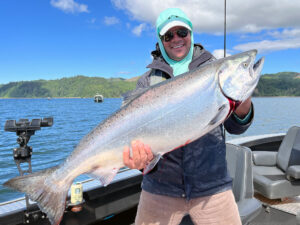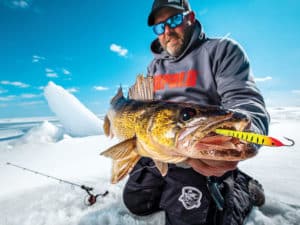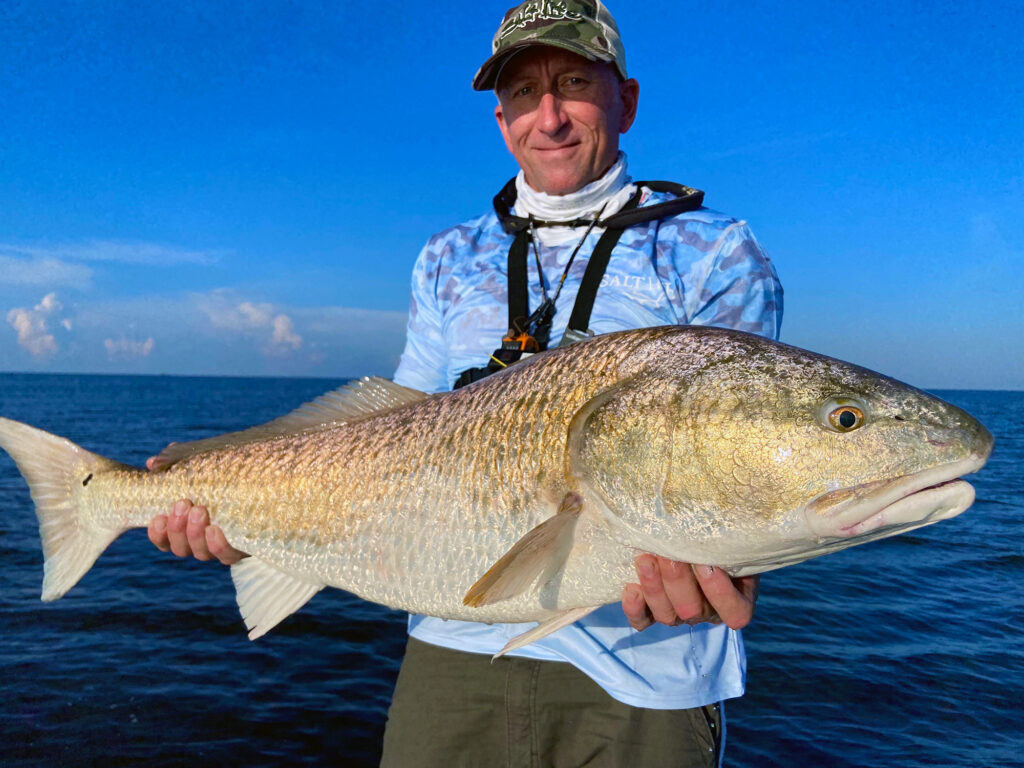
Although Capt. Shane York is a regular at his local gym, at least a portion of his body-builder’s physique can be attributed to an annual run of bull redfish at an expansive bay near his favorite south Louisiana port. Every year in the late summer stretching through the fall, mature reds invade the flats in the lower Barataria Basin, and absolutely engorge themselves on bait stocks that must be seen to be believed. York is always there to greet them, armed with soft-plastic paddle tails under corks.
“You can throw whatever you want, and they’ll hit it, but that cork makes it pretty much a guarantee,” he said.
York has been kind enough to invite me to experience the bull-red blitz the last two seasons. Last year, we left predawn out of Myrtle Grove Marina, and caught them until neither of us could bear the thought of reeling in another fish. That was at 8 a.m. All the reds were pushing 40 inches.
“The smallest bull we’ve caught out here so far this year was 35 inches,” York said that morning.
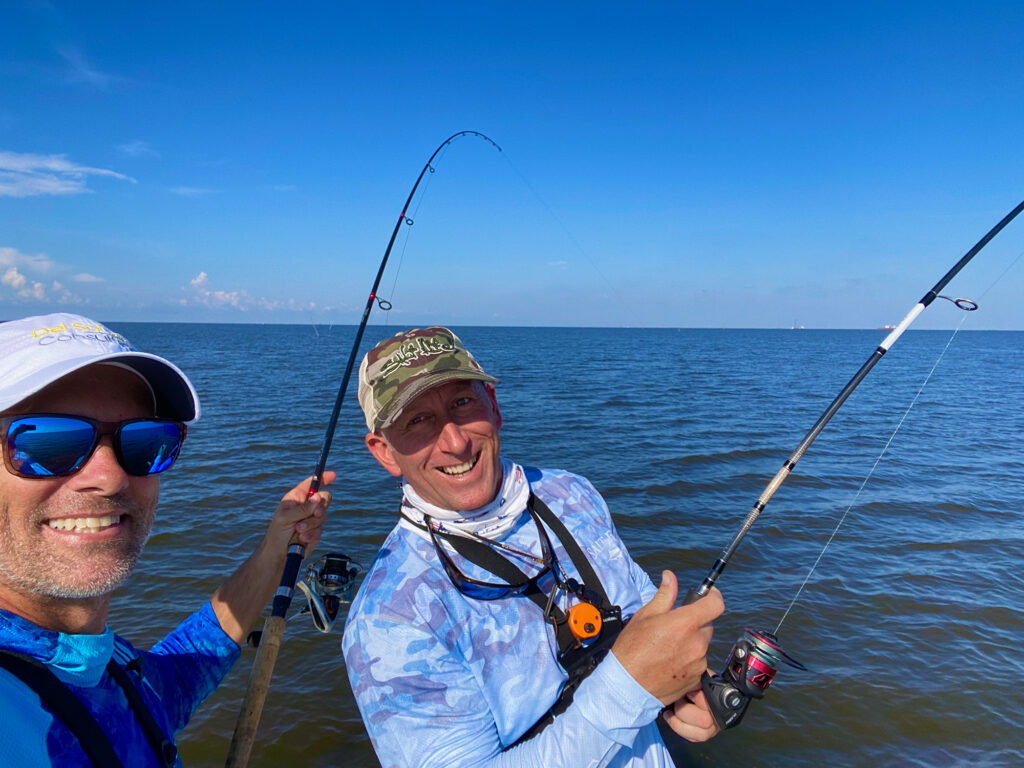
Two years ago, I absolutely wrecked my biceps reeling in bull after bull, including my personal best, a 44-inch fish. Although mature redfish conduct their spawning duties in deep passes along the coast, that’s not where York finds the fish when they’re in feeding mode. He hunts for extensive flats of uniform 3- to 4-foot depths that hold bait, and when he finds one, success is almost assured, regardless of water clarity.
“We catch them out here in absolute chocolate milk,” he said.
The run coincides with the migration of white shrimp leaving Louisiana’s marshes this time of year. York releases every bull he catches, but if you were to cut open one’s belly, it would be jammed full.
Bull Red Drum Eat Speckled Trout
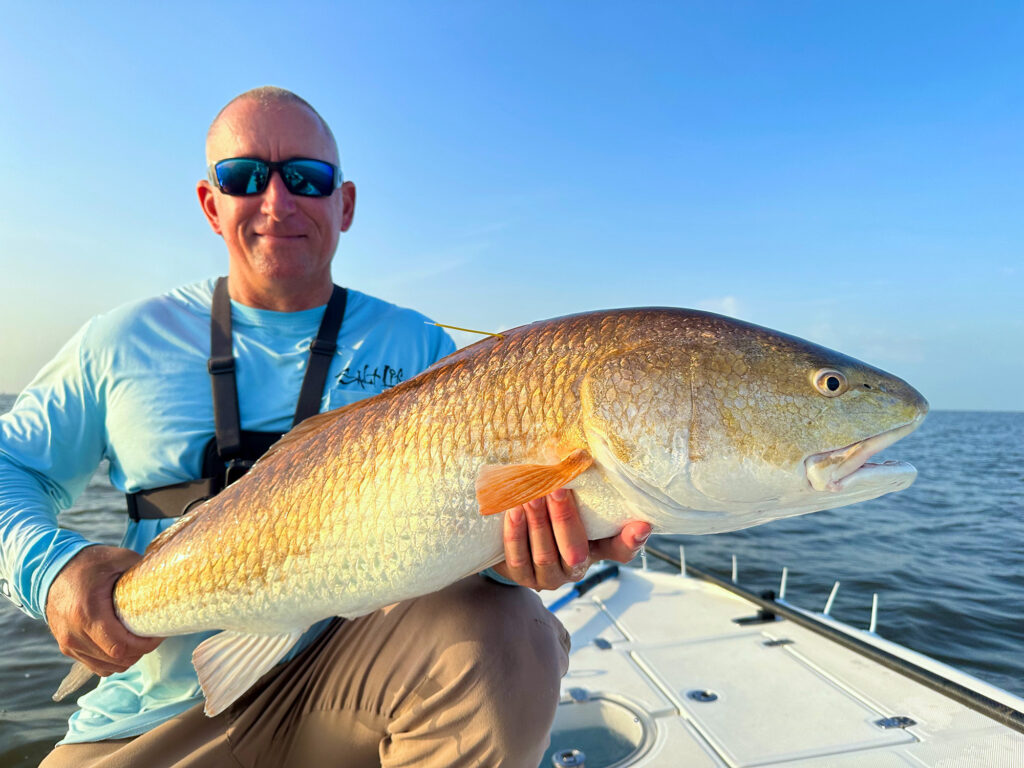
“You would find a lot of shrimp, but you’d also find some speckled trout,” he said. “They feast on those little speckled trout.”
In fact, the trout are such a significant part of the bull reds’ diet that York knows he’s in the right area when aggressive specks and white trout are the first to yank down his cork. Many of the specks are under Louisiana’s 13-inch minimum size limit, but some are solid keepers. York doesn’t mind putting those in the box if his clients want to take some fish home.
Often, diving seagulls give away the location of productive flats, so York said it pays to always be observant. He had just recently discovered the flat that produced so many fish for us last year.
“We were fishing one area, and we were moving to another area,” he said. “As we were driving across the flat, we saw two huge blowups right next to the boat. We stopped, put the Power-Pole down, made two casts and immediately doubled up.”
York’s favorite color lure is black with a chartreuse tail, but he also has success with white and straight chartreuse. He will be putting all those colors to use for the next few months. Once the fish show up in late July or early August, they stick around for a while.
“They’ll be out here really good through October or November, but you’ll still have some stretching into December,” he said.
By then, York will surely look even more ripped.

